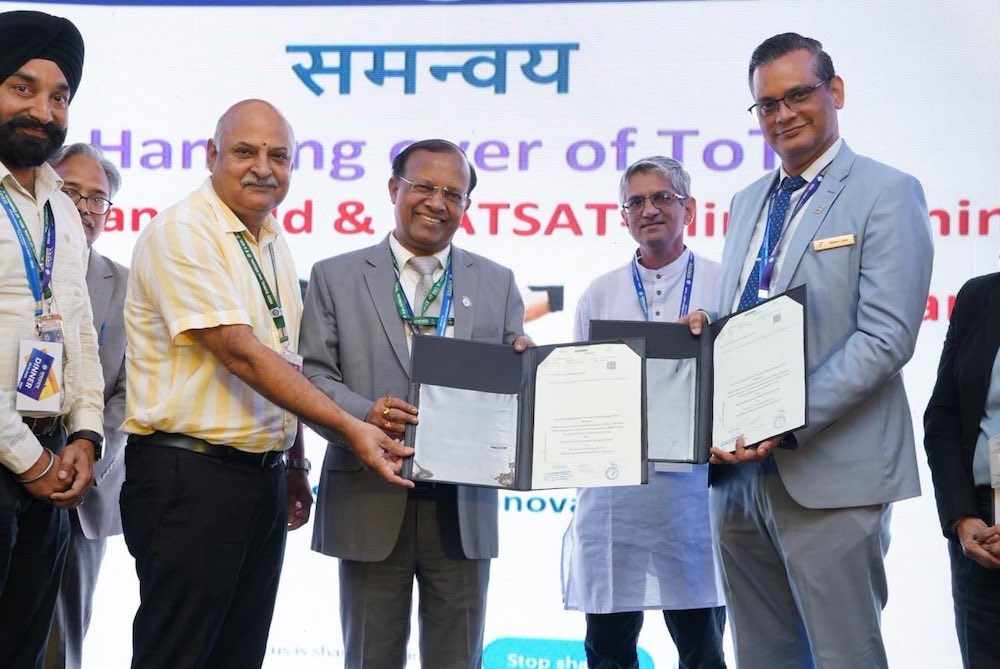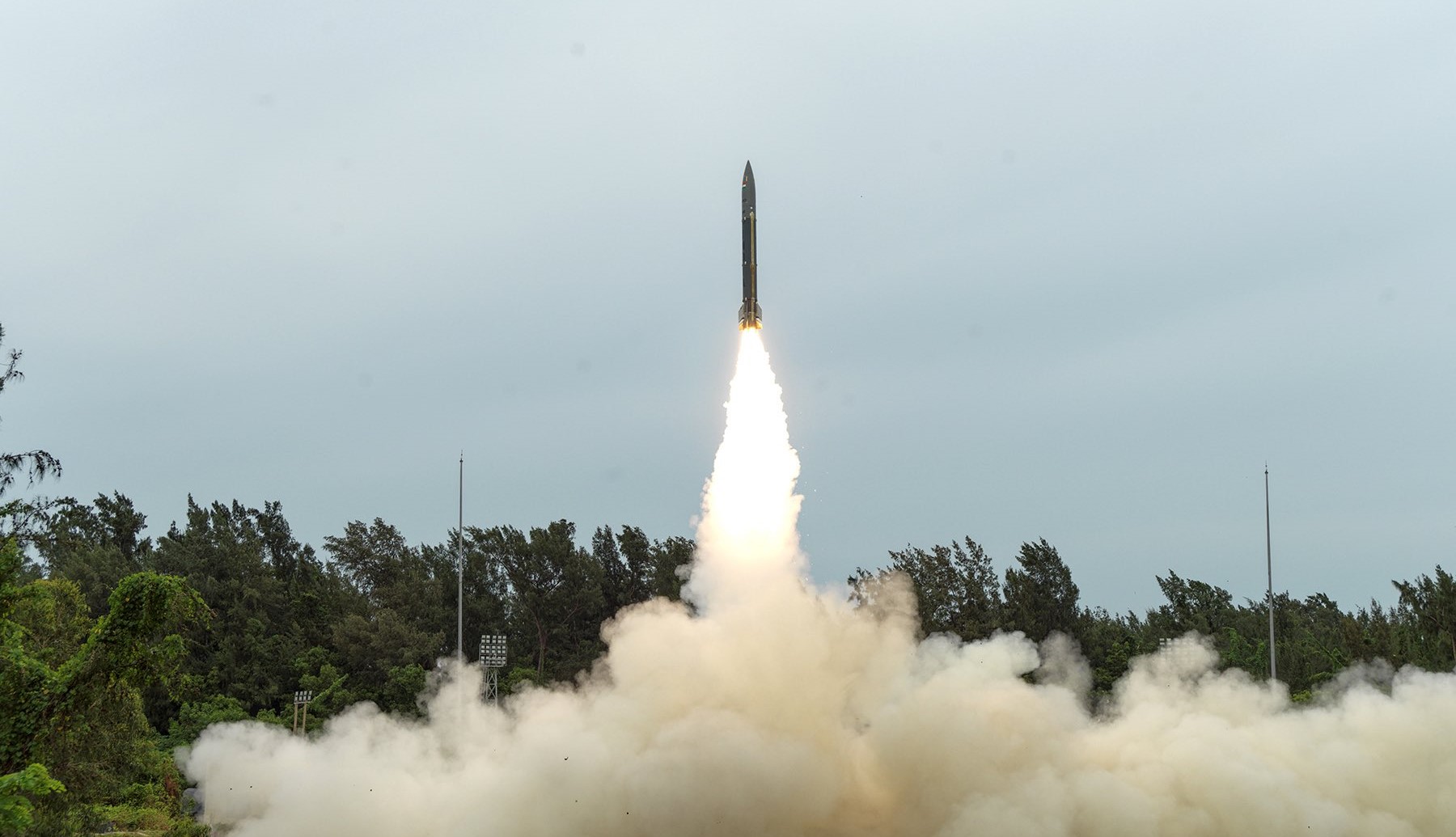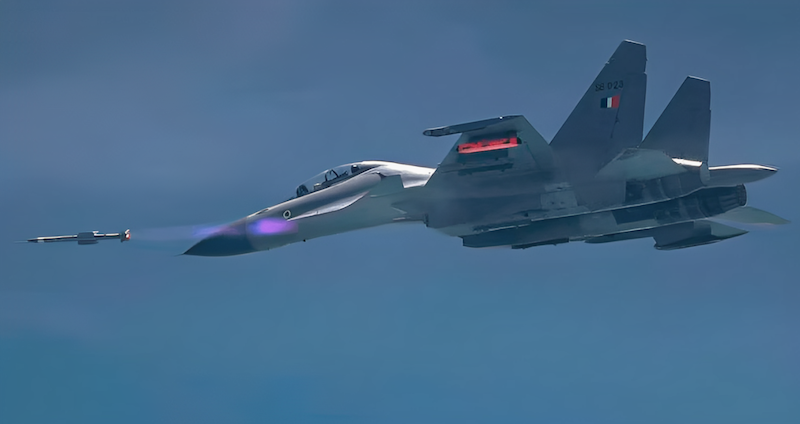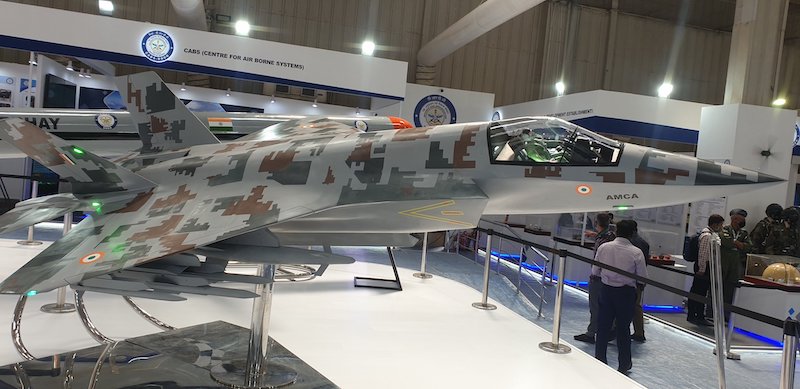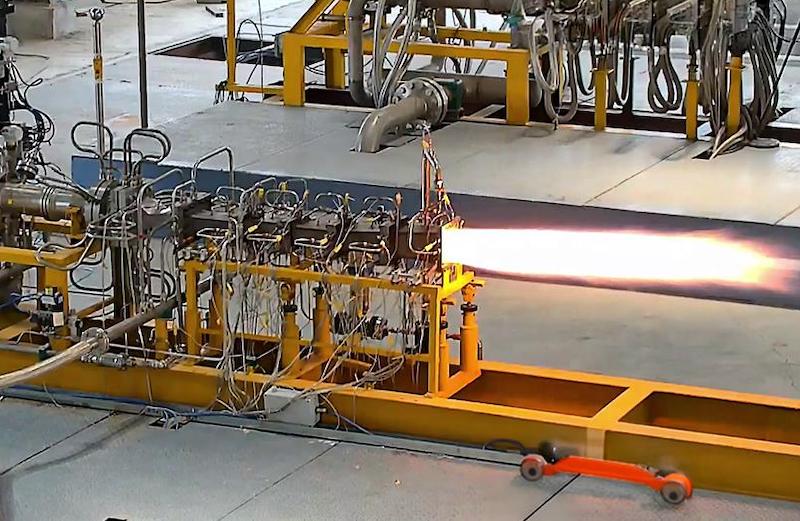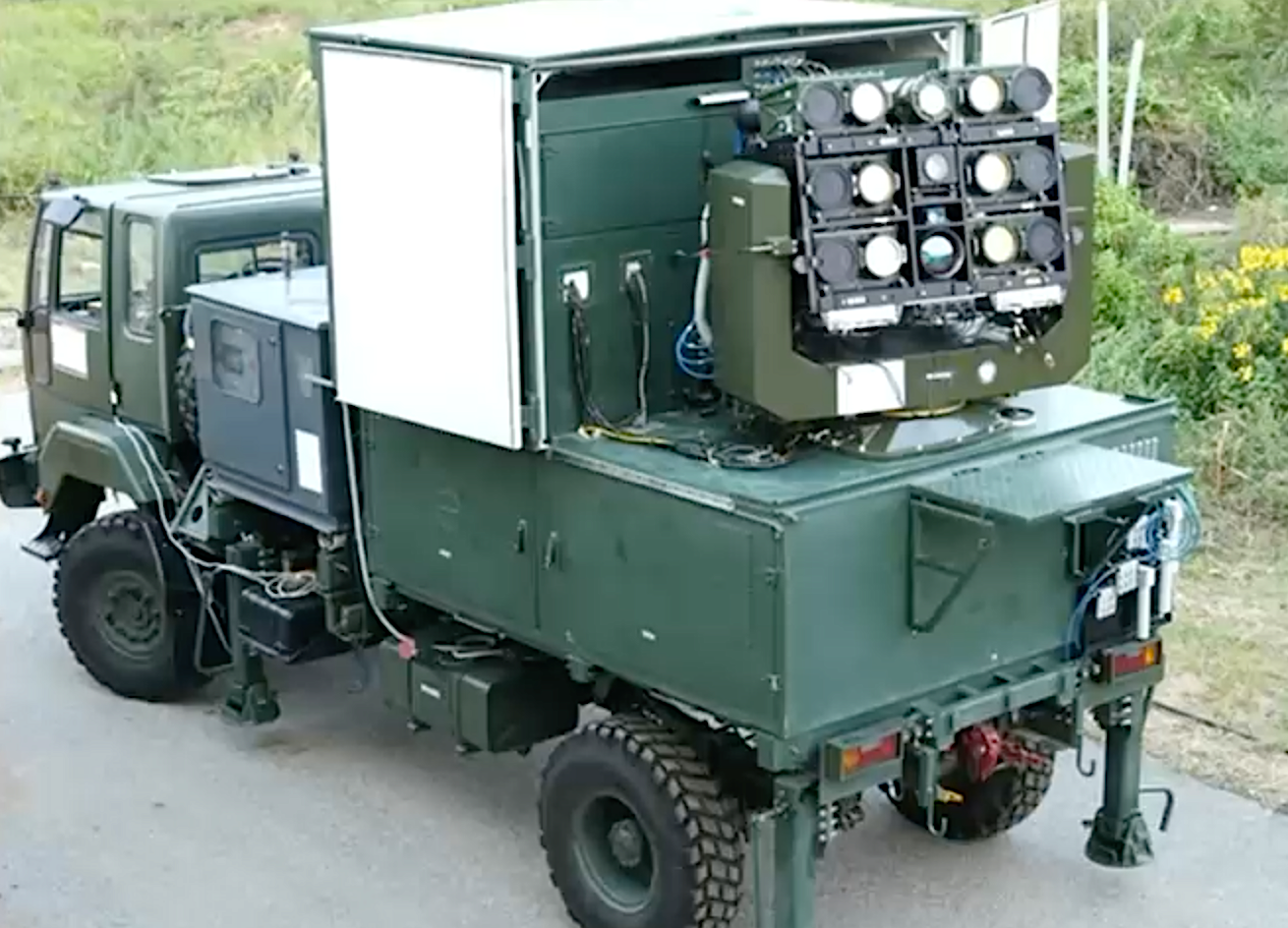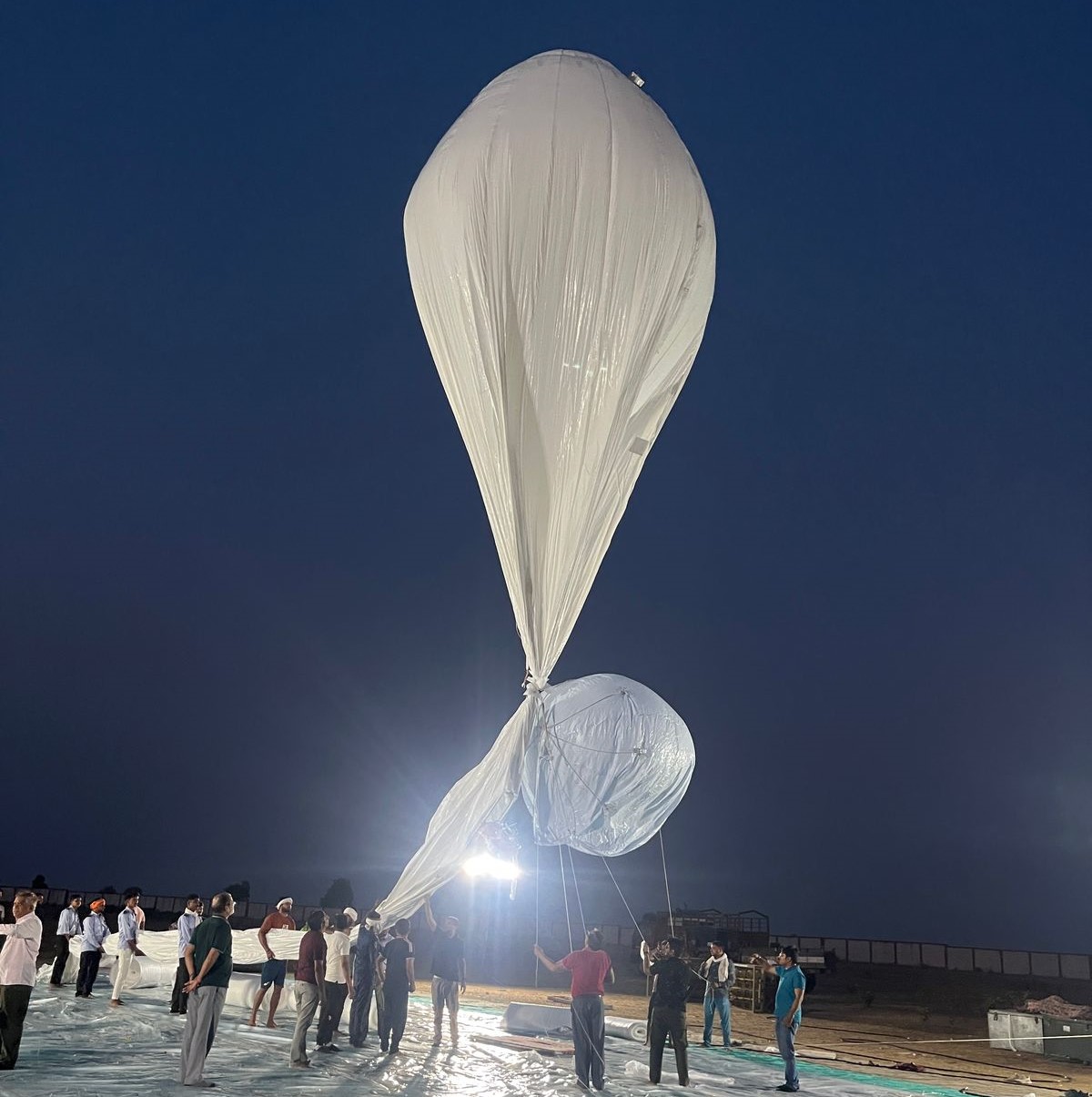
New Delhi: In an effort to further enhance its technological prowess in the aerospace sector, India’s Defence Research and Development Organization (DRDO) has successfully conducted maiden flight-trials of stratospheric airship platform from its Sheopur facility in Madhya Pradesh.
Developed by Agra-based Aerial Delivery Research and Development Establishment, the stratospheric airship functions as a high-altitude pseudo-satellite (HAPS), designed to operate between 17 and 22 kilometres above Earth for extended periods.
What is the Stratospheric Airship Platform?
This particular airship was launched carrying an instrumental payload to an altitude of around 17 kilometres, using helium for lift which was powered by solar energy, with onboard batteries enabling night-time operation.
Read also: DRDO advances hypersonic missile programme with successful 1,000-second scramjet test
In a statement issued by the DRDO mentioned that the data from onboard sensors was received and would be utilised for development of high-quality fidelity simulation models for future high-altitude airship flights.
“Envelop pressure control and emergency deflation systems were deployed in flight for their performance evaluation,” the DRDO said.
Trial team recovered the system for further investigation. The total duration of the flight was about 62 minutes.
The maiden flight-trial of the airship marks a major leap in India’s capability to build high-altitude, lighter-than-air systems for defence and surveillance.
Read also: DRDO successfully tests advanced laser weapon system, India joins elite global club
A high-altitude and lighter-than-air unmanned system, the stratospheric airship platform is designed to carry instrumentation payloads to the stratosphere – approximately 17 kilometres above Earth’s surface.
Why is this important?
Applauding the trial, the defence minister, Rajnath Singh, termed it as a step that would “uniquely enhance India’s earth observation and intelligence, surveillance & reconnaissance (ISR) capabilities,” putting the country among a handful of nations with such indigenous technology.
Dr Samir V Kamat, secretary of defence R&D and DRDO chairman, called the successful prototype a “milestone” in India’s quest for long-endurance, high-altitude airship systems.
Read also: DRDO successfully tests long-range glide bomb ‘Gaurav’ from Sukhoi-30MKI, nears IAF induction
Unlike conventional satellites or aircraft, these platforms can loiter hover over a fixed area for days and even weeks, and return safely for upgrades or redeployment, making them highly versatile for both military and civilian applications.
Their capacity to carry imaging sensors, radar systems or telecommunications payloads makes them valuable for border monitoring, disaster response and wide-area intelligence missions.
They also fill a critical gap between drones and satellites, delivering the reach of space-based systems while offering faster deployment, lower costs and greater operational flexibility.
Read also: DRDO, Indian Navy successfully test-fire VLSRSAM from ITR Chandipur


